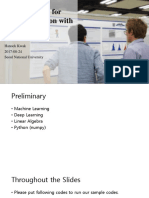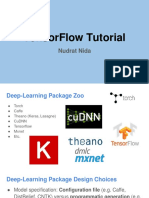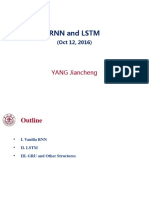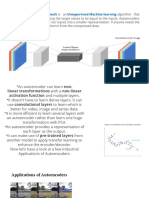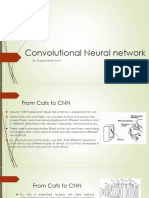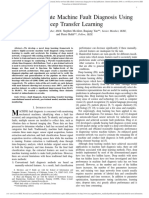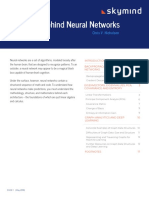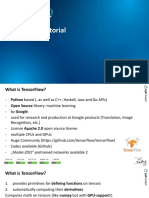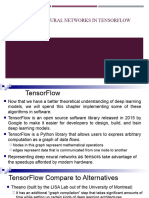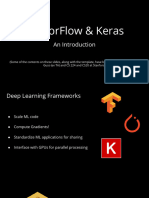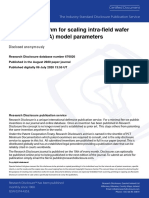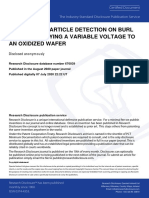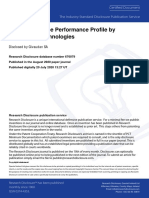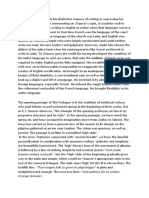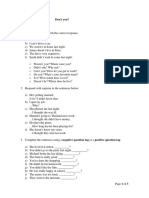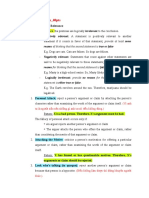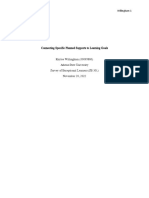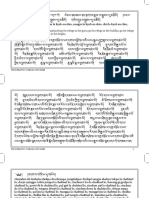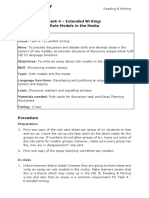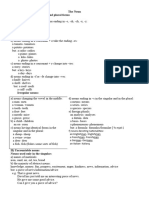0% found this document useful (0 votes)
382 views49 pagesTensorFlow Workshop
The document describes TensorFlow, a machine learning framework that uses dataflow graphs to represent and execute computations. Key points:
- TensorFlow defines computations as graphs of nodes called operations or ops, with edges representing multidimensional tensors flowing between them.
- Common ops include constants, variables, math operations, neural network layers, and optimizers. Variables hold persistent state across executions.
- The core API focuses on graph construction and execution. Higher-level APIs and libraries build upon it for machine learning tasks like training neural networks.
- Distributed execution is supported via remote sessions that deploy subgraphs to worker devices like CPUs and GPUs. Training utilities help with common tasks like checkpointing and summaries.
Uploaded by
NCopyright
© © All Rights Reserved
We take content rights seriously. If you suspect this is your content, claim it here.
Available Formats
Download as PDF, TXT or read online on Scribd
0% found this document useful (0 votes)
382 views49 pagesTensorFlow Workshop
The document describes TensorFlow, a machine learning framework that uses dataflow graphs to represent and execute computations. Key points:
- TensorFlow defines computations as graphs of nodes called operations or ops, with edges representing multidimensional tensors flowing between them.
- Common ops include constants, variables, math operations, neural network layers, and optimizers. Variables hold persistent state across executions.
- The core API focuses on graph construction and execution. Higher-level APIs and libraries build upon it for machine learning tasks like training neural networks.
- Distributed execution is supported via remote sessions that deploy subgraphs to worker devices like CPUs and GPUs. Training utilities help with common tasks like checkpointing and summaries.
Uploaded by
NCopyright
© © All Rights Reserved
We take content rights seriously. If you suspect this is your content, claim it here.
Available Formats
Download as PDF, TXT or read online on Scribd
/ 49
